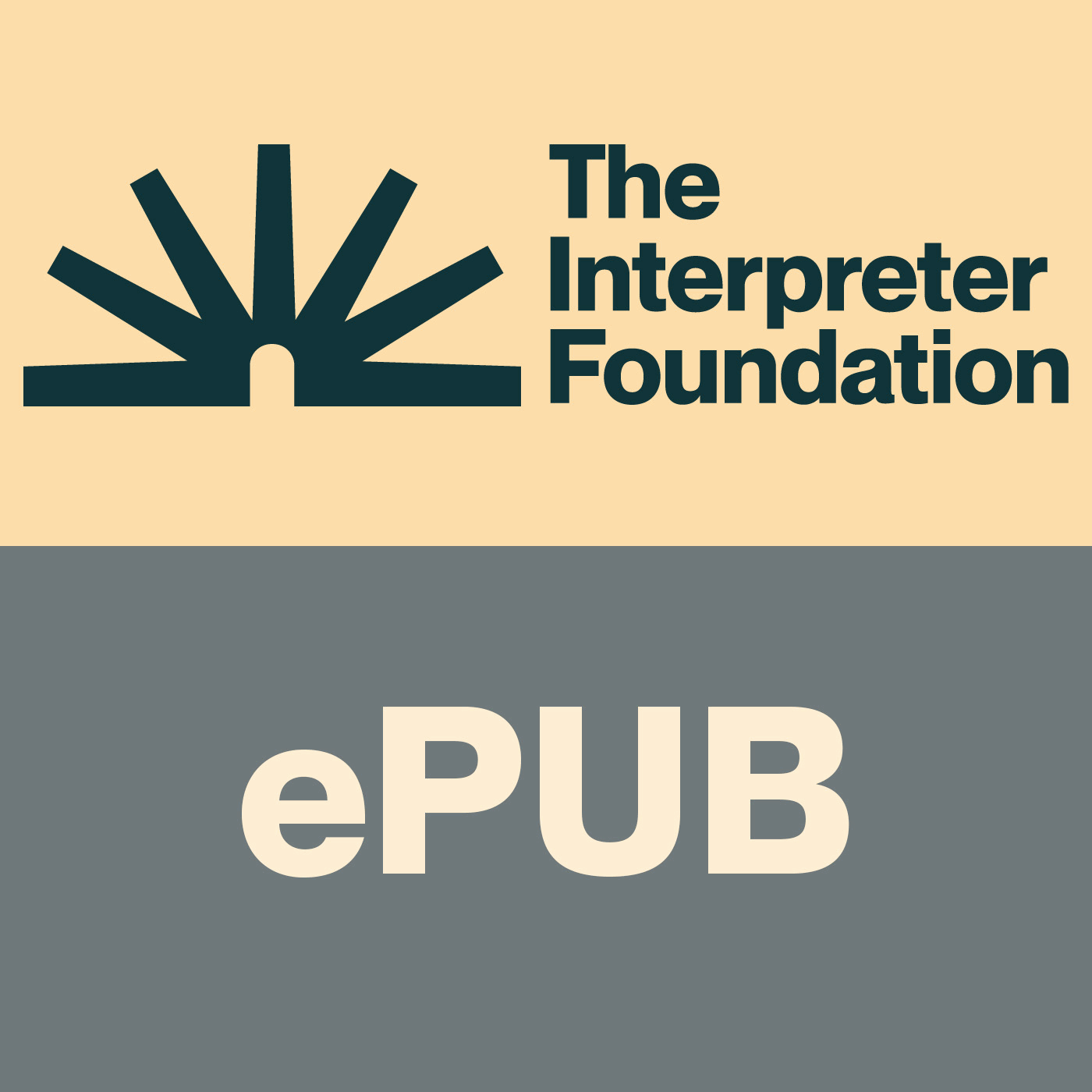Verbal Punctuation in the Book of Mormon III—Behold
Update: 2024-11-08
Description
Abstract: As an ancient book, the Book of Mormon employed verbal punctuation rather than typographical punctuation. An example of this verbal punctuation is the word behold, which is used in the Book of Mormon to point things out, to highlight unexpected effects of situations, and to modify a previously expressed proposition. This corresponds to ancient Hebrew usage. Joseph Smith’s usage from the time the Book of Mormon was produced, however, differs in both its frequency and how it was used, even when Joseph Smith was consciously trying to imitate the Book of Mormon.
All the modern punctuation in the published versions of the Book of Mormon has been added by later editors and was not in the original manuscript or on the plates. Its original punctuation was verbal punctuation. As an ancient book, the Book of Mormon uses words rather than marks as punctuation to structure the narrative. Though the modern punctuation is helpful to the modern reader, it can, at times, distract us from the ancient text.
In the Book of Mormon manuscripts and in the 1830 edition of the Book of Mormon, the verbal punctuation that most regularly signals a chapter break is “(and) now,” which accounts for more than two-thirds (68%) of the chapter breaks in the 1830 Book of Mormon.1 The second [Page 84]most common beginning for a new chapter, occurring 10% of the time, is behold.
Methodology
The methodology used in this analysis has been outlined before2 and here will only be summarized:
* Book of Mormon usage is paramount and is therefore considered first. Normally, with hundreds of citations, only one citation is given for any book. In this case, however, more than one indicative citation is given to illustrate the usage.
* After the Book of Mormon usage is given, ancient equivalents are considered, with special emphasis on Hebrew and Egyptian.
* We then consider Joseph Smith’s early usage as defined by a standard set of early documents.
* Because of both theoretical and practical problems with the Doctrine and Covenants, it is not considered among the early documentation of Joseph Smith’s usage.
Those interested in fuller details of the methodology are encouraged to consult the earlier discussion.
Book of Mormon Usage
In an examination of the strings of verbal punctuation in the Book of Mormon, “behold” usually comes after “and now” and before “it came to pass.”3
The original text of the Book of Mormon has 1,640 instances of the word behold, 14 of beholdest, 5 of beholding, and 129 of beheld.4 The present and the past tense are sometimes mixed up in the manuscripts.5 The verbal form of behold that means “to look at, or see” [Page 85]is distinct from the verbal punctuation, and only the latter is our concern here. There are 1,213 instances of the use of behold as verbal punctuation.
Though there has been some good work on the use of behold in th...
All the modern punctuation in the published versions of the Book of Mormon has been added by later editors and was not in the original manuscript or on the plates. Its original punctuation was verbal punctuation. As an ancient book, the Book of Mormon uses words rather than marks as punctuation to structure the narrative. Though the modern punctuation is helpful to the modern reader, it can, at times, distract us from the ancient text.
In the Book of Mormon manuscripts and in the 1830 edition of the Book of Mormon, the verbal punctuation that most regularly signals a chapter break is “(and) now,” which accounts for more than two-thirds (68%) of the chapter breaks in the 1830 Book of Mormon.1 The second [Page 84]most common beginning for a new chapter, occurring 10% of the time, is behold.
Methodology
The methodology used in this analysis has been outlined before2 and here will only be summarized:
* Book of Mormon usage is paramount and is therefore considered first. Normally, with hundreds of citations, only one citation is given for any book. In this case, however, more than one indicative citation is given to illustrate the usage.
* After the Book of Mormon usage is given, ancient equivalents are considered, with special emphasis on Hebrew and Egyptian.
* We then consider Joseph Smith’s early usage as defined by a standard set of early documents.
* Because of both theoretical and practical problems with the Doctrine and Covenants, it is not considered among the early documentation of Joseph Smith’s usage.
Those interested in fuller details of the methodology are encouraged to consult the earlier discussion.
Book of Mormon Usage
In an examination of the strings of verbal punctuation in the Book of Mormon, “behold” usually comes after “and now” and before “it came to pass.”3
The original text of the Book of Mormon has 1,640 instances of the word behold, 14 of beholdest, 5 of beholding, and 129 of beheld.4 The present and the past tense are sometimes mixed up in the manuscripts.5 The verbal form of behold that means “to look at, or see” [Page 85]is distinct from the verbal punctuation, and only the latter is our concern here. There are 1,213 instances of the use of behold as verbal punctuation.
Though there has been some good work on the use of behold in th...
Comments
In Channel





